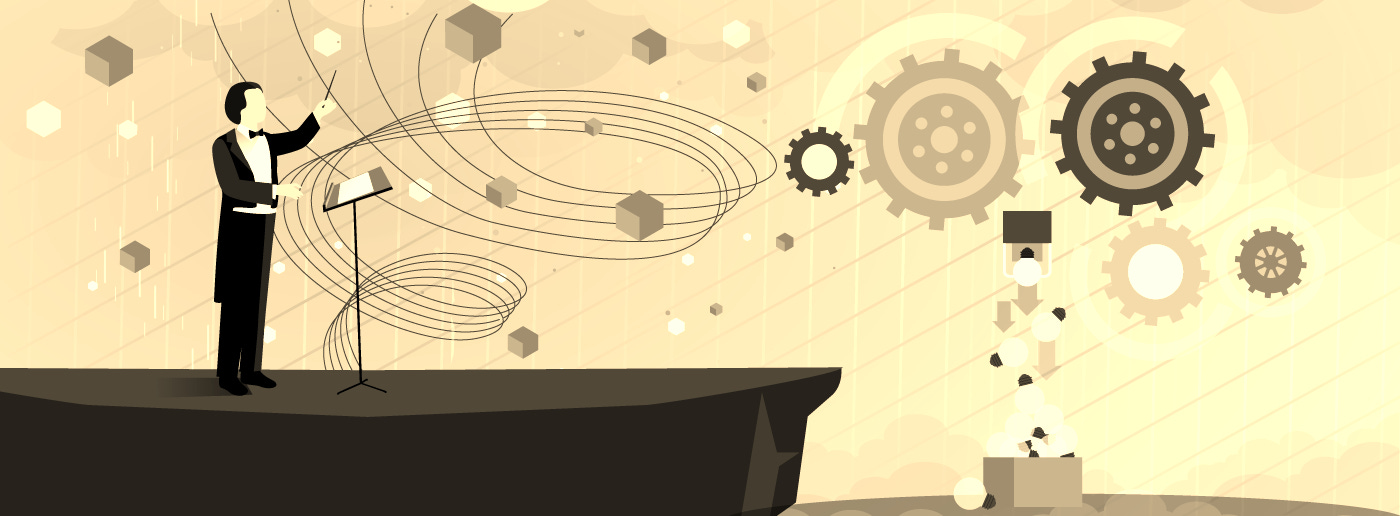Procurement Intake and Orchestration: Unlocking Efficiency and Agility in Procurement Processes
How Intake and Orchestration Technology is Transforming Procurement for Modern Businesses
In today's dynamic business landscape, procurement departments face mounting challenges - from fragmented processes and inconsistent data collection to inefficiencies in cross-system coordination. Enter Intake and Orchestration (I&O) technology, a rapidly emerging solution designed to tackle these procurement headaches head-on. Based on the recent KPMG report titled "Intake and Orchestration – What’s All the Fuss About?", we dive into how I&O solutions can enhance procurement processes, improve collaboration, and unlock new efficiencies.
What Exactly is Procurement Intake and Orchestration?
Intake acts as a centralized "front door"—an intuitive interface where procurement requests and submissions are uniformly captured and validated. Common intake examples include purchase requisitions, supplier onboarding, and contract requests.
Orchestration complements intake by efficiently managing workflows and ensuring data seamlessly moves between various procurement and enterprise systems. This capability manages end-to-end procurement lifecycle tasks such as contract renewals, supplier risk monitoring, and compliance management.
When combined, these capabilities ensure consistency in data capture, improved resource allocation, and enhanced process control across procurement activities.
Why is Procurement Intake and Orchestration Gaining Traction?
According to KPMG’s report, several recent market developments highlight the growing importance of I&O solutions:
IDC, Everest Group, and Spend Matters released their first detailed assessments and landscape reports for procurement orchestration technologies in late 2024 and early 2025.
Significant investments, including a notable technology reaching a market value of $2.2 billion after raising $190 million in funding, indicate strong confidence in this emerging category.
This momentum is backed by practical results, with major global organizations adopting these technologies to improve procurement efficiency.
How Does I&O Technology Benefit Different Procurement Setups?
The benefits of Intake and Orchestration technology vary depending on existing procurement technology ecosystems:
1. Suite-Focused Environments
When procurement processes rely heavily on integrated Source-to-Pay (S2P) suites, adding Intake and Orchestration can:
Enhance user experiences, thereby boosting user adoption rates.
Reduce manual interactions and errors by streamlining requests.
Provide unified visibility and management for processes outside traditional suite capabilities.
Example: A leading financial advisory firm significantly improved sourcing visibility and contract management efficiency by adopting an I&O solution that transformed their heavily customized legacy S2C suite.
2. Hybrid (Augmented Suite) Environments
In hybrid ecosystems, where a core S2P suite integrates with specialized applications, I&O can:
Offer real-time monitoring across diverse platforms.
Provide a unified user interface for requests and approvals, reducing complexity.
Deliver measurable productivity improvements and better spend control.
Example: A global consumer goods company achieved a unified employee experience, with substantial back-office hours saved annually and enhanced global connectivity, after implementing an Intake and Orchestration platform.
3. Ecosystem-Only (Point Solution) Environments
For procurement setups lacking a core suite and relying solely on numerous specialized point solutions, I&O becomes critical:
Integrates disparate systems to offer a single coherent procurement process.
Significantly enhances spend visibility and data-driven insights.
Provides advanced orchestration capabilities to manage complex workflows across multiple solutions.
Example: A cloud computing firm, following its IPO, implemented I&O technology to unify fragmented procurement processes, delivering a comprehensive view of over $6 billion in spend requests and identifying more than $300 million in potential savings.
Best Practices from Successful I&O Implementations
Implementing Intake and Orchestration successfully requires careful planning. Here are crucial lessons from KPMG’s findings:
Address root causes: Identify and address the underlying causes of process inefficiencies, not just their symptoms.
Focus on integration: Develop detailed integration plans and strategies to manage complexity and maintain ongoing system performance.
Ensure high-quality data: Invest in robust data validation and improvement strategies to leverage I&O solutions effectively.
Cross-functional engagement: Foster strong collaboration across departments to ensure the adoption and effective use of new processes.
Prepare comprehensive change management: Given significant user experience shifts, thorough training and change management are essential to adoption.
Key Takeaways from Procurement Intake and Orchestration Technology
Enhanced Efficiency: Centralized intake systems reduce manual workload and errors, streamlining procurement operations significantly.
Improved Visibility and Control: Real-time orchestration offers improved spend management and comprehensive process oversight.
Future-Ready Procurement: I&O technology positions procurement functions for future scalability, adaptability, and integration with advanced AI and automation.
Join the Conversation
Have you considered adopting Intake and Orchestration technology in your procurement processes?
What barriers or opportunities do you foresee with implementing these solutions?
We'd love to hear your insights and experiences. Leave your comments below and join the discussion on transforming procurement with cutting-edge technologies on Chain.NET: www.chain.net.



